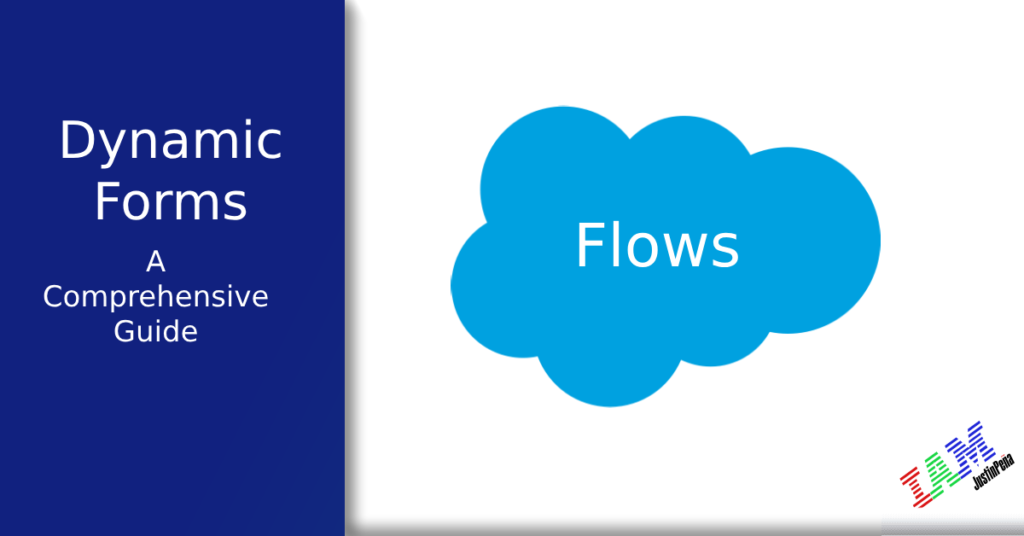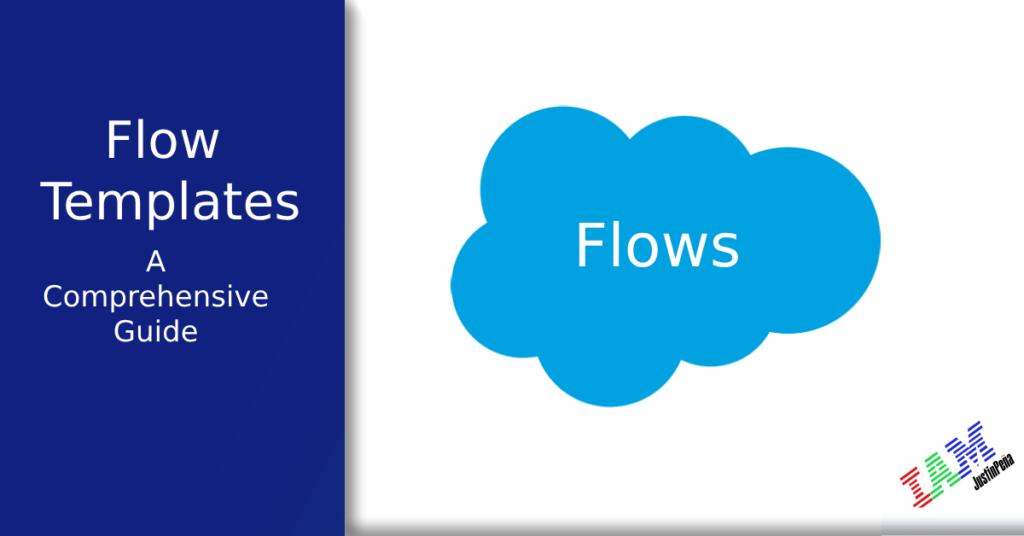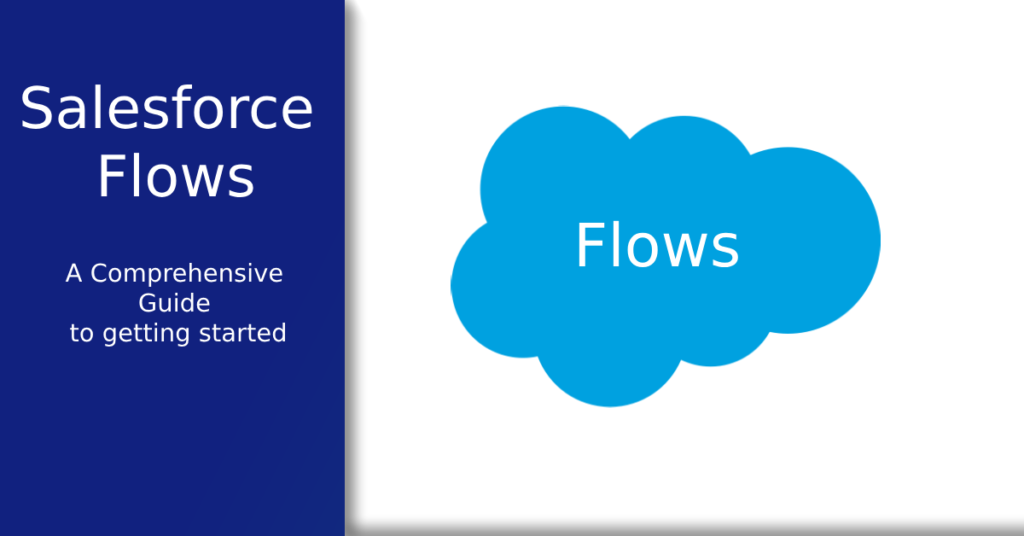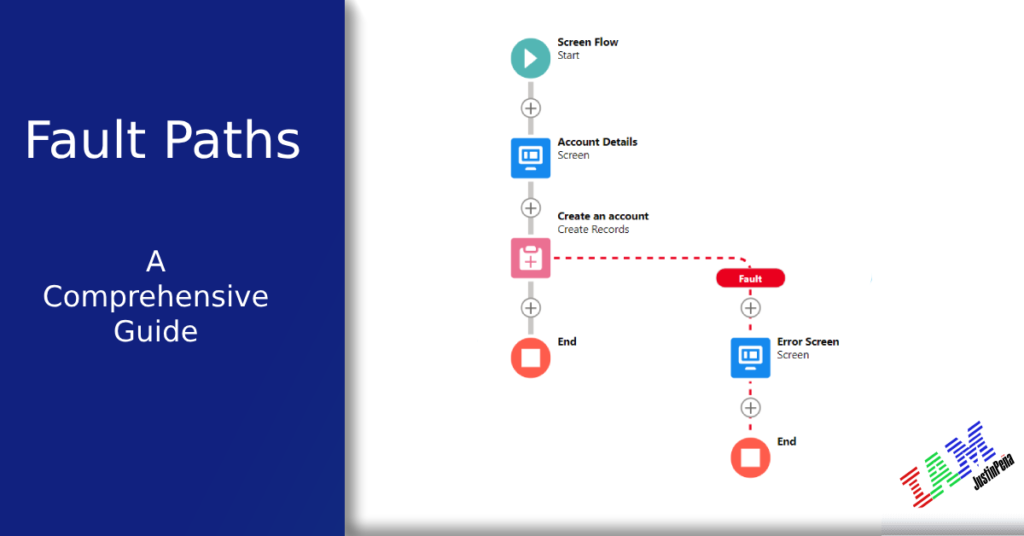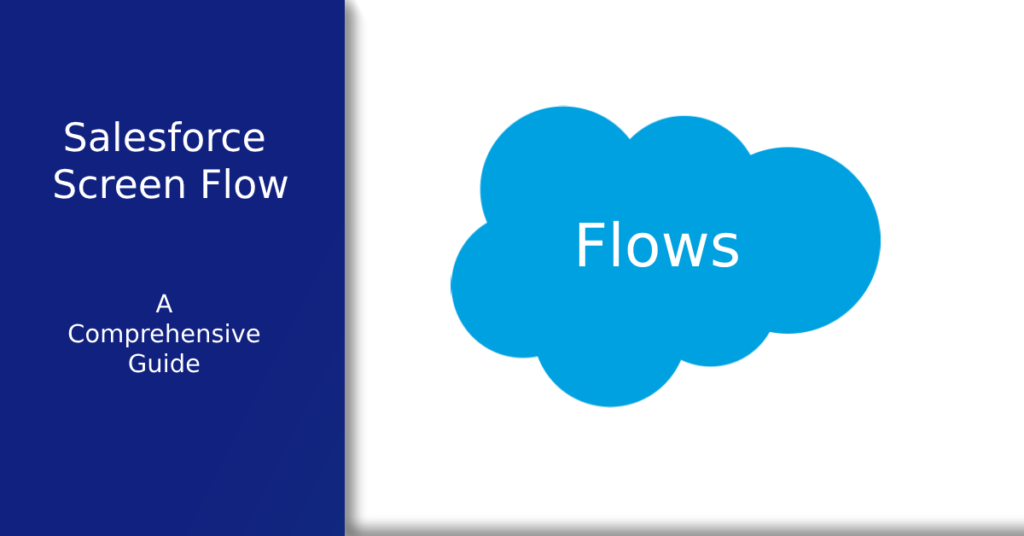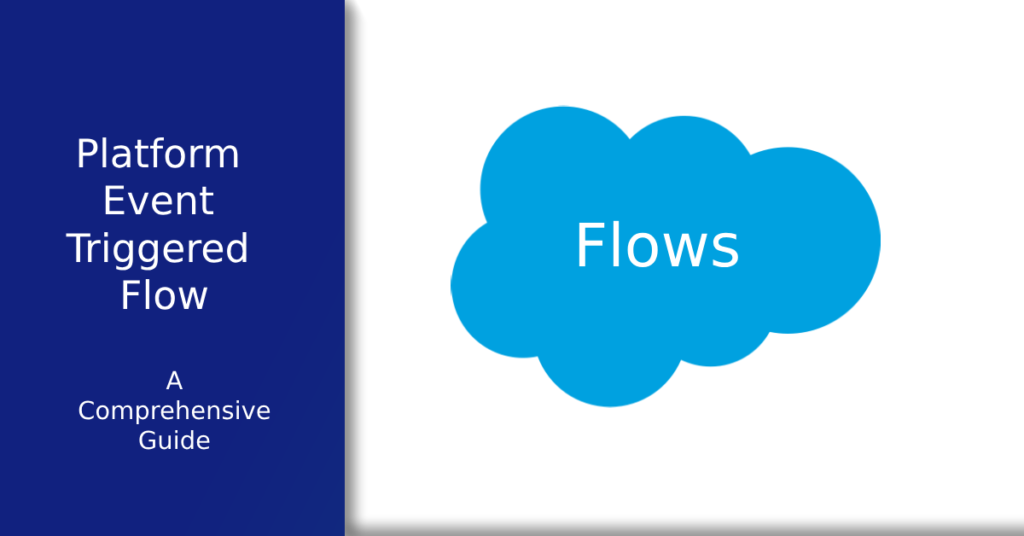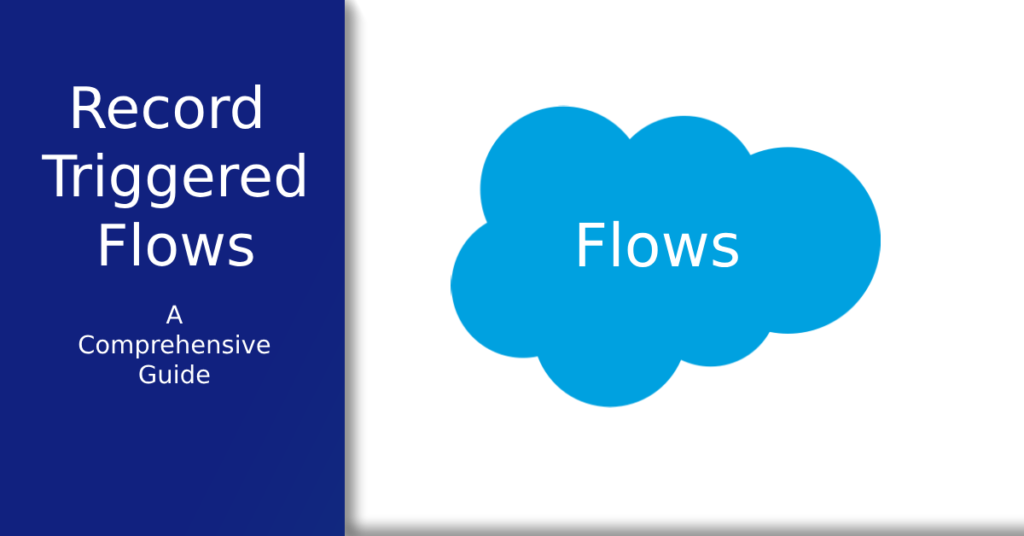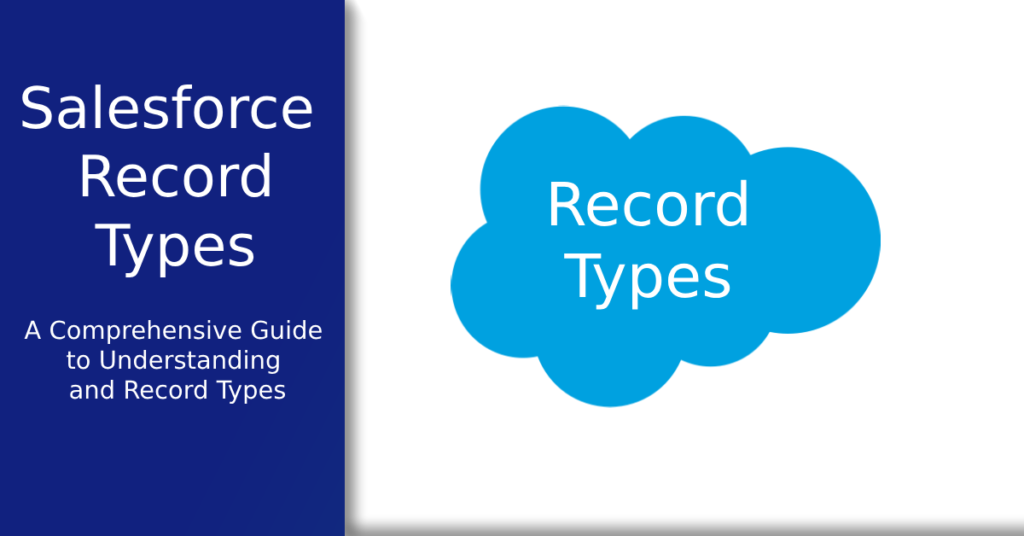What are Salesforce Record Types? They are powerful tools that customize your Salesforce experience, streamlining business processes, and enhancing productivity. In this comprehensive guide, we dive into the fundamentals of Salesforce Record Types, their key elements, benefits, use cases, and how to manage them. We also address common challenges and provide practical solutions to make the most out of your Salesforce implementation. Unlock a more efficient, user-friendly Salesforce experience with our deep dive into Salesforce Record Types.

